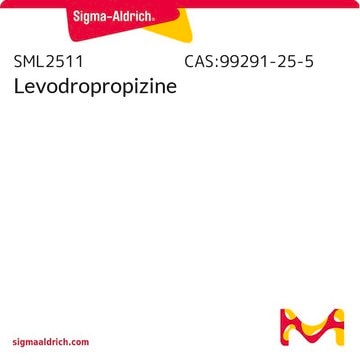I0627
Isobarbituric acid
analytical standard
Synonym(s):
2,4,5-Trihydroxypyrimidine, 5-Hydroxyuracil
Sign Into View Organizational & Contract Pricing
All Photos(1)
About This Item
Empirical Formula (Hill Notation):
C4H4N2O3
CAS Number:
Molecular Weight:
128.09
Beilstein:
127205
EC Number:
MDL number:
UNSPSC Code:
41116107
PubChem Substance ID:
NACRES:
NA.24
Recommended Products
grade
analytical standard
Quality Level
Assay
~98%
technique(s)
HPLC: suitable
gas chromatography (GC): suitable
mp
>300 °C (dec.) (lit.)
application(s)
forensics and toxicology
pharmaceutical (small molecule)
veterinary
format
neat
SMILES string
O=C1CNC(=O)NC1=O
InChI
1S/C4H4N2O3/c7-2-1-5-4(9)6-3(2)8/h1H2,(H2,5,6,8,9)
InChI key
FQXOOGHQVPKHPG-UHFFFAOYSA-N
Looking for similar products? Visit Product Comparison Guide
Application
Refer to the product′s Certificate of Analysis for more information on a suitable instrument technique. Contact Technical Service for further support.
Storage Class Code
11 - Combustible Solids
WGK
WGK 3
Flash Point(F)
Not applicable
Flash Point(C)
Not applicable
Personal Protective Equipment
dust mask type N95 (US), Eyeshields, Gloves
Choose from one of the most recent versions:
Already Own This Product?
Find documentation for the products that you have recently purchased in the Document Library.
Riccardo Amorati et al.
Organic letters, 12(18), 4130-4133 (2010-08-28)
Addition of millimolar amounts of a weak base (pyridines) dramatically accelerates the reaction with peroxyl radicals of two biologically relevant uracil derivatives, 5-hydroxyuracil (HU) and 5-hydroxy-6-methyluracil (HMU). This is due to the formation of small amounts of the deprotonated form
Philippe Simon et al.
Nucleic acids research, 34(13), 3660-3669 (2006-08-04)
5-Hydroxyuracil is a major oxidized nucleobase that can be generated by the action of (*)OH radical and one-electron oxidants. The latter modified base that exhibits a low ionization potential is highly susceptible to further degradation upon exposure to various oxidants.
Nicolas Charlet-Berguerand et al.
The EMBO journal, 25(23), 5481-5491 (2006-11-18)
Oxidative lesions represent the most abundant DNA lesions within the cell. In the present study, we investigated the impact of the oxidative lesions 8-oxoguanine, thymine glycol and 5-hydroxyuracil on RNA polymerase II (RNA pol II) transcription using a well-defined in
Jason L Parsons et al.
Nucleic acids research, 35(4), 1054-1063 (2007-02-01)
Base excision repair (BER) is the major pathway for the repair of simple, non-bulky lesions in DNA that is initiated by a damage-specific DNA glycosylase. Several human DNA glycosylases exist that efficiently excise numerous types of lesions, although the close
Gunn A Hildrestrand et al.
Experimental cell research, 315(15), 2558-2567 (2009-05-30)
Adipose-tissue derived mesenchymal stem cells (AT-MSCs) are a promising tool for use in cell-based therapies. However, in vitro expansion is required to obtain clinically relevant cell numbers, and this might increase the chance of genomic instability. DNA repair is crucial
Our team of scientists has experience in all areas of research including Life Science, Material Science, Chemical Synthesis, Chromatography, Analytical and many others.
Contact Technical Service







